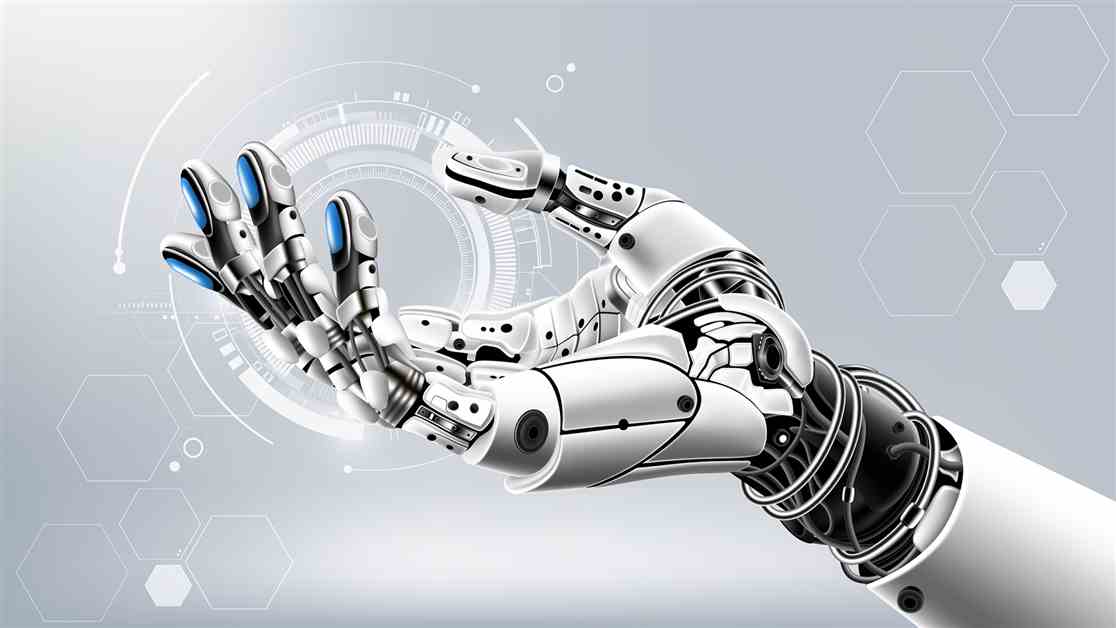Piezoelectric sensors are crucial for monitoring the movements of humans and robots. However, current designs are either expensive or lack sensitivity. Researchers in Japan have developed a new piezoelectric composite material using electrospun polyvinylidene fluoride nanofibers and dopamine. These sensors offer improved performance and stability at a lower cost, promising advancements in medicine, healthcare, and robotics.
In today’s rapidly advancing world, characterized by automation and interconnectivity through technologies like artificial intelligence and robotics, sensors play a vital role as the interface between humans, machines, and the environment. With robots becoming more agile and wearable electronics becoming more prevalent, traditional silicon-based sensors are no longer suitable for many applications. This has led to increased interest in flexible sensors, which offer greater comfort and versatility.
Piezoelectric sensors are particularly important as they can convert mechanical stress into an electrical signal. Despite various approaches, there is a lack of environmentally sustainable methods for mass-producing flexible, high-performance piezoelectric sensors at a low cost. The use of electrospinning in sensor design may address these flexibility issues.
The new sensor design involves electrospinning a composite 2D nanofiber membrane made of polyvinylidene fluoride (PVDF) nanofibers. These fibers create a strong network that serves as the base for the sensor, with ultrafine PVDF nanofibers spun on top to enhance performance. The resulting composite network showed improved piezoelectric performance due to enhanced beta crystal orientation.
Wearable sensors using these piezoelectric sensors have been tested successfully for measuring various movements and actions. The potential for low-cost mass production and the use of environmentally friendly materials could have significant implications for health monitoring, diagnostics, and robotics. Professor Ick Soo Kim, the lead researcher, believes that these sensors hold promise for monitoring both human and robotic movements.
Future research will focus on improving the electrical output properties of the material to enable flexible electronic components to operate without an external power source. This advancement could further enhance the adoption of these superior piezoelectric sensors in various applications, including humanoid robotics.









